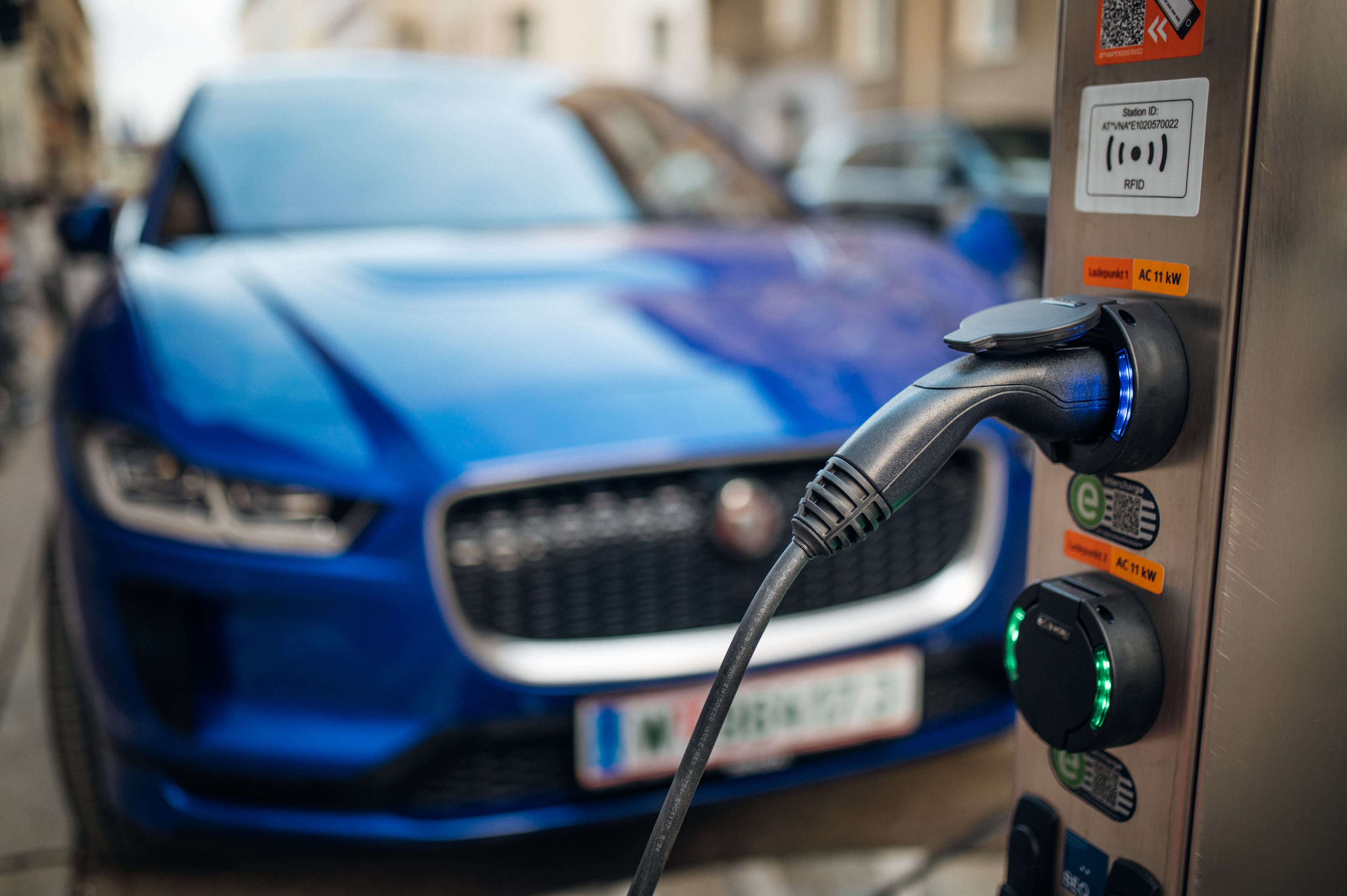PlugMapper Insights
Plug & Charge (ISO 15118) Explained: Set‑and‑Go EV Charging in 2025
What Plug & Charge is, how it works under ISO 15118, which cars and networks support it, and how to enable it safely.
EV Charging Stations Editorial Team8 min read
ISO 15118Plug & ChargepaymentsEV chargingsecurity

Plug & Charge lets compatible cars authenticate and start billing automatically when you insert the connector—no app, no RFID. It’s powered by ISO 15118’s secure certificate exchange between the vehicle and charger.
How Plug & Charge works
- Your car holds a contract certificate issued by your charging provider.
- When you plug in, the charger and car negotiate a secure session.
- Energy flows, billing runs in the background, and the session ends cleanly when you stop.

How to enable it
- Create/verify an account with a network that supports Plug & Charge.
- In your vehicle settings, toggle Plug & Charge and add the contract if required.
- Test at a known compatible site; bring a fallback payment method just in case.
Open payments vs Plug & Charge
Open card payments add convenience for casual use, while Plug & Charge removes steps for frequent users. Many new sites will support both to cover all scenarios.
Troubleshooting tips
- If a session won’t start, cleanly reseat the connector and try a different pedestal.
- Verify that your vehicle’s contract certificate is active and has not expired.
- Update vehicle and charger firmware when available.
Security note: ISO 15118 relies on certificate trust. Keep your account secure with strong passwords and MFA on the provider app.
Enjoyed this story? Browse more insights on the PlugMapper blog.Talk to our team

